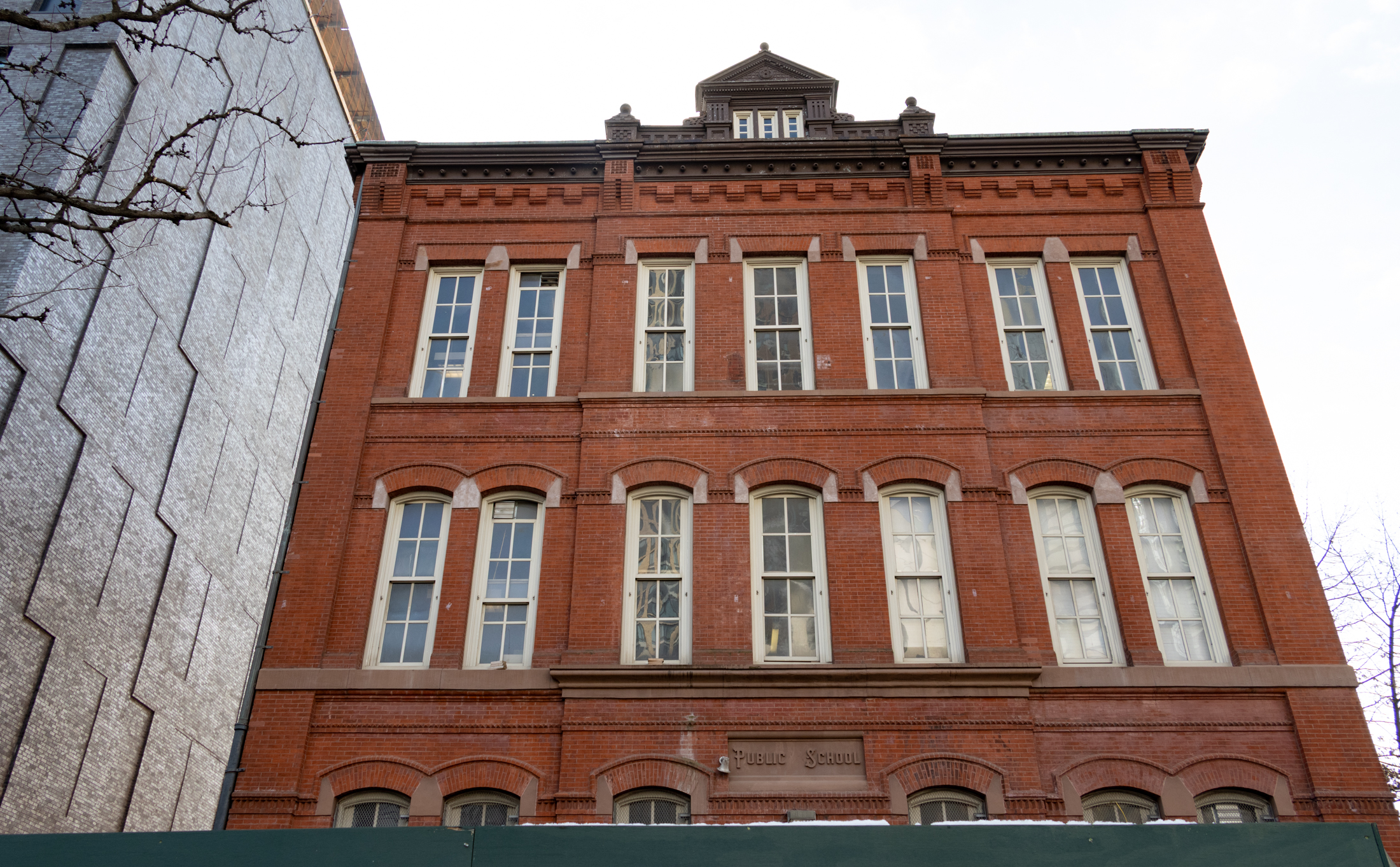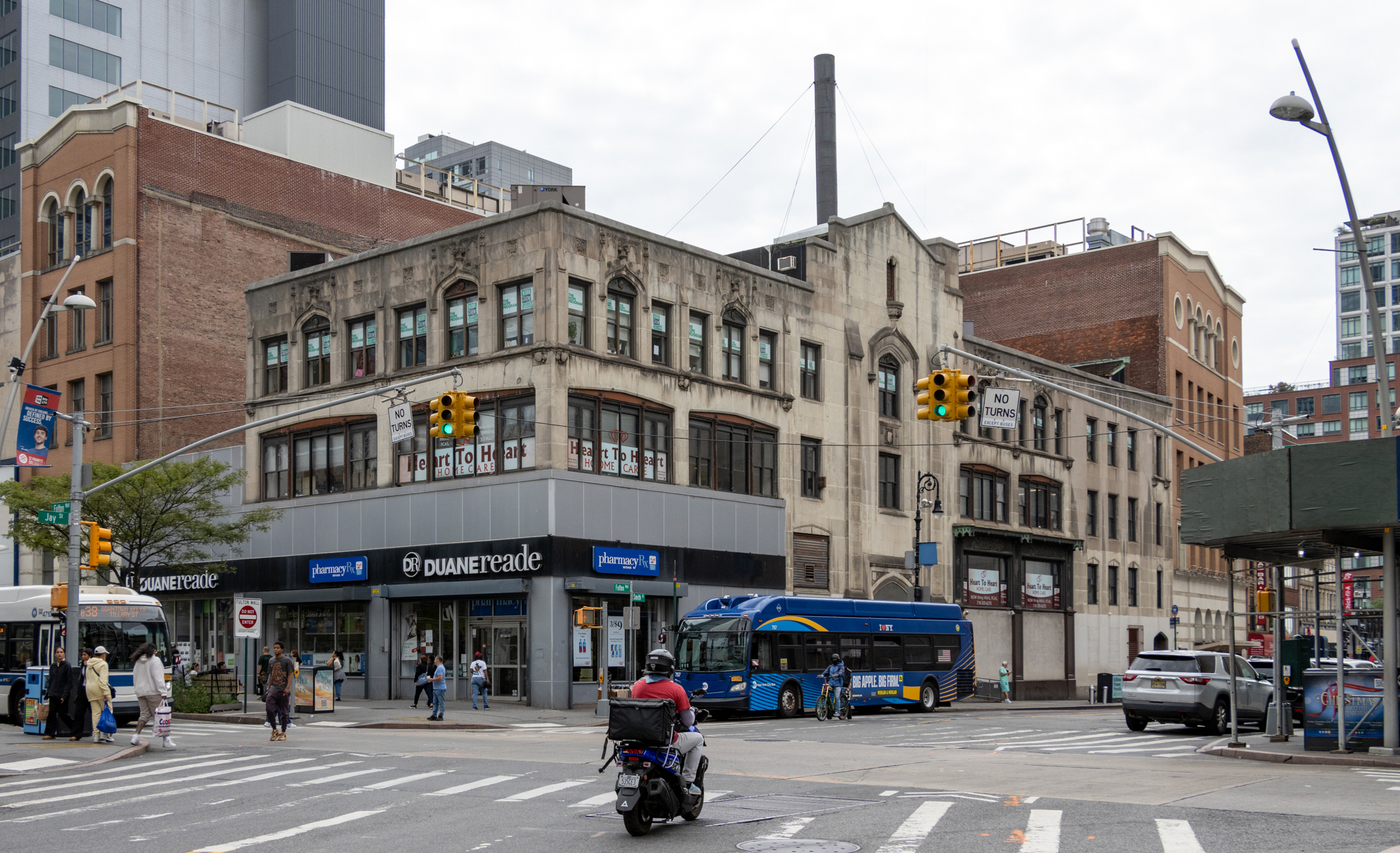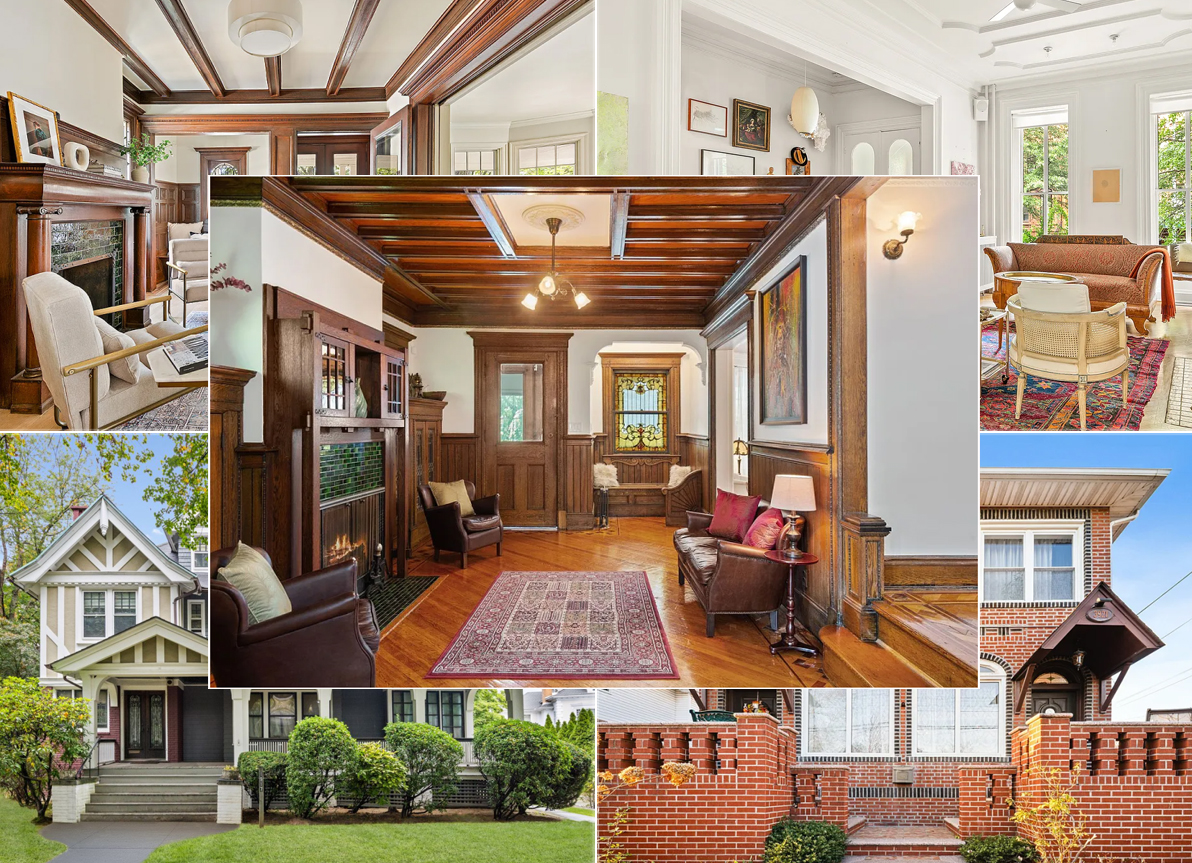Downtown Boosters Wary of Credit Crunch, 421-a Revamp
The Sun’s Michael Stoler, who had an article published last week entitled “Downtown Brooklyn Finally Arrives,” checks in this week with an article called “Concerns Rise Over Brooklyn Boom,” which is about how there may be a bump or two on the road to Downtown’s arrival. This week’s piece makes the case that a number…


The Sun’s Michael Stoler, who had an article published last week entitled “Downtown Brooklyn Finally Arrives,” checks in this week with an article called “Concerns Rise Over Brooklyn Boom,” which is about how there may be a bump or two on the road to Downtown’s arrival. This week’s piece makes the case that a number of the 14,300 residential units (including Atlantic Yards) currently planned for downtown may be in trouble because of the credit crunch and the tightened rules regarding the 421-a tax-abatement program that go into effect on June 30, 2008. Former city council member and lawyer to many Brooklyn developers Ken Fisher summed it up:
Given the credit crisis and problems on Wall Street, they picked exactly the wrong moment to choke the golden goose. Even the biggest developers are worried that there is simply not enough subsidy to meet the need. The 421-a requirement for affordable housing is already skewing the market. Projects are being accelerated to meet the deadline, creating a glut just as the demand might soften.
How do you think the Downtown building boom will play out?
Concerns Rise Over Brooklyn Boom [NY Sun]





I would venture that even Ken Fisher would agree with alot of what Polemicist said BUT I think the point is timing.
Why unravel the existing system at the exact moment that the market is already putting tremendous pressure.
Of course this is typical of Government; it is too slow to effectively meddle in the marketplace – by the time a consensus is developed the conditions that fostered that consensuses are in the process of changing.
The appropriate thing to do here is to phase in the changes over time as oppossed to all or once by a particular date – for exampe instead of requiring the foundation to be poured to qualify under the old 421a – redefine the grandfather to allow for a approved plan to stop the clock.
While its nice to believe that pounding the housing market will only hurt developers, the reality is a panic hurts everyone – just ask the people living in Florida.
“The reality is residual [residential?]housing in Brooklyn largely dates from a time when the Borough had fewer than a million inhabitants.” As with past, evidence-free Polemical posts, I don’t think so.
The population of Kings County in 1890 was 838,547 and grew to 1,166,582 ten years later. Brooklyn’s population then grew by 230 percent in the first 40 years of the 20th century. Although 42.7 percent of the borough’s housing was built before 1940 (the earliest cut-off), I doubt that it “largely dates from a time when the Borough had fewer than a million inhabitants,” or approximately 110 years ago.
Lesser demand in early 20th century? Revisionist History 101 lesson from Polemicist. Of course, his/her Revisionist Economics 101 is even more outlandish.
And Literature 101 only includes Ayn Rand novels.
The more residents, the more retail can profit. people will move in regardless of mortgage rates, because rentals will be a substantial portion –this will make the area more attractive and values will go up. a critical mass of projects has already been committed to — this process is underway.
Thank you 10:05 for pointing out that, yes, people were crammed into living situations even more crowded than what most New Yorkers will now put up with. Yes, there are many apartments and houses that are extremely crowded with, usually, recent immigrants living one on top of another but household size is generally much smaller than it was in 1900. Many of us (of a certain age) have grandparents who lived in a NYC of tenements and crowded housing, large families with many children.
Growing up in the 40’s and 50’s friends of mine from “respectable, working class backgrounds†grew up in families with two parents, six children, three bedrooms and 1 bathroom. This is still going on, of course, but there is a plethora of couples and singles with their own households as well as many seniors living alone in one-bedroom apartments.
The main subdividing Polemicist may be referring to happened during the 30’s when many of the larger luxury buildings that had duplex and triplex apartments were cut up into smaller apartments; and, the ongoing cutting up of townhouses into multifamily buildings (though, frankly, many townhouses had over the years any combination of multiple adult children and their spouses and families sharing a house, were often intergenerational, or served as rooming houses). Of course, there is also an argument that many multi-family townhouses have been consolidated into one- and two-family buildings these last years…often for a family with many fewer children (and no elders or other family relations in the household) than the original occupants of these townhouses in the 19th century.
FG/TGL
in general, lower and lower-middle class folk historically lived in smaller and pooer quality homes than they do today
on the other hand, upper-middle and upper class seem to be living in smaller spaces than they predecesors, with the exception of the super wealthy who still can buy what they wish
I think Polemicist is wrong about the “good old days” when, apparently, everybody had houses or 3 bedroom apartments. I think s/he is simply wrong on the facts — we do not live in apartments that are smaller than and inferior to what people were living in a century ago.
I don’t have the time to look up the stats that prove this, but plenty of anecdotal evidence springs to mind.
The co-op building where I live was built by and for working class Scandinavians in 1927. The apartments all have 3 or 4 rooms (including the kitchen), and were all occupied by families.
My mother grew up in Brooklyn in the 30s and 40s in a 4 room apartment in Flatbush (which, of course, was considered a big step. There were five people in her family. This, of course, was a big step up from the conditions her father grew up under in the 10s and 20s. His family of seven lived on the small apartment in a Lower East tenement. Legend has it that there was no room for a bed for the last baby; she slept in the bottom drawer of a dresser.
nationally maybe but not in NYC
I agree with Polemicist on most points except this: historically, people paid a lower percentage of income on housing. Clothing and food used to be more expensive compared to today…though who knows, with the price of food rising…
FG/TGL